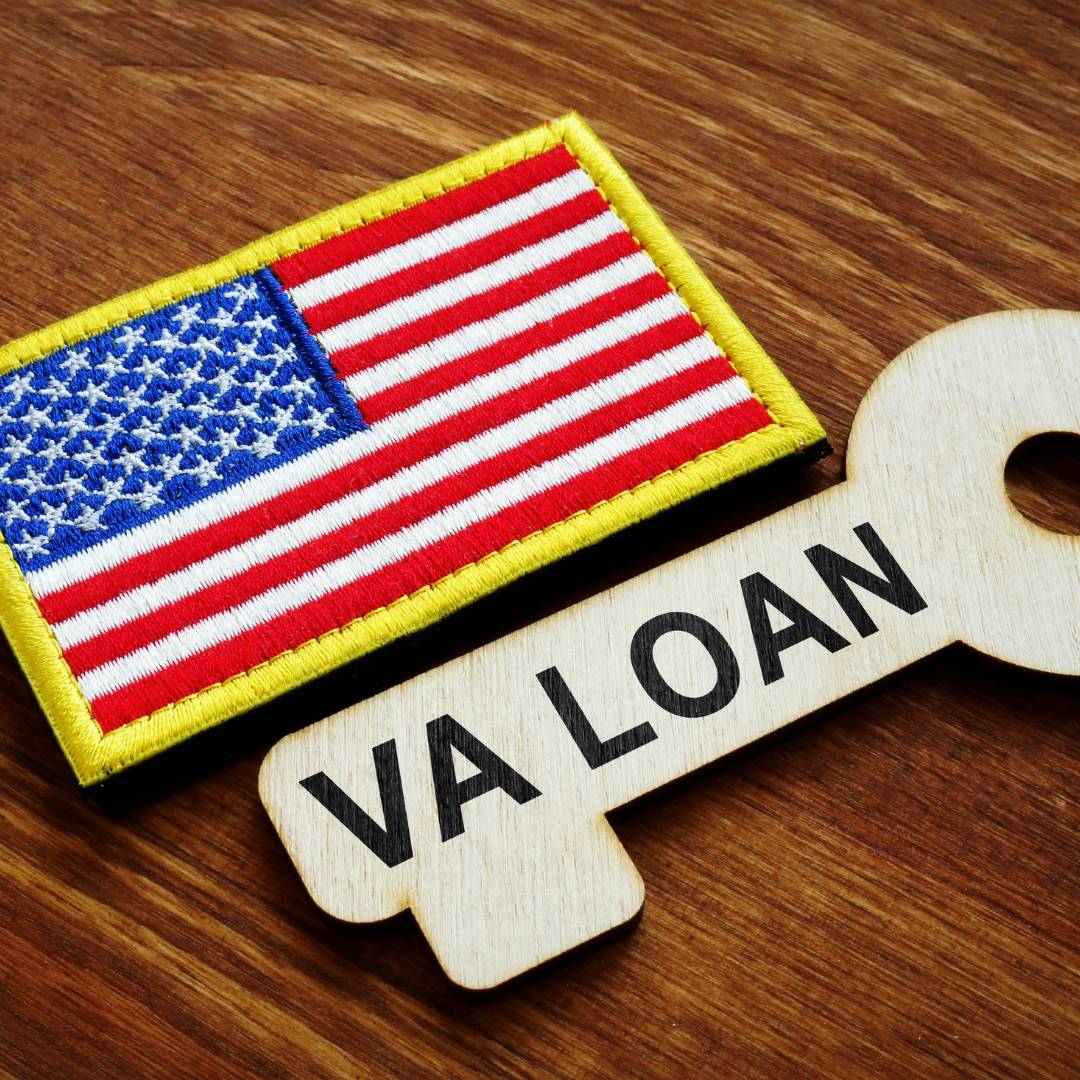Veterans and active-duty military personnel have a unique financing option available to them—the VA loan. While traditional mortgages are the go-to choice for many homebuyers, a VA loan offers distinct advantages and some differences worth considering. In this article, we’ll explore the key differences between a VA loan and a traditional mortgage and help veterans understand when a VA loan might be the ideal choice and when it may not be.
Traditional Mortgages: The Standard Choice
Traditional mortgages are widely used for home purchases. Borrowers secure a traditional mortgage from a bank or lending institution, typically making a down payment, and then repay the loan through monthly mortgage payments. These mortgages come in various forms, including fixed-rate and adjustable-rate mortgages.
Key Aspects of Traditional Mortgages
- Down Payment: Traditional mortgages typically require a down payment, often a percentage of the home’s purchase price. The exact down payment amount can vary but is generally around 20%.
- Interest Costs: Borrowers pay interest on the loan amount, which can be a substantial part of the overall loan cost. Interest rates can be fixed or adjustable.
- Monthly Payments: Traditional mortgages come with monthly payments that include both principal and interest, gradually paying off the loan over a specified term.
VA Loans: A Unique Option for Veterans
A VA loan is a mortgage product specifically designed for veterans, active-duty service members, and eligible surviving spouses. The Department of Veterans Affairs guarantees a portion of the loan, allowing veterans to secure financing with favorable terms and often without a down payment.
Key Aspects of VA Loans
- No Down Payment: One of the most significant advantages of a VA loan is that it typically requires no down payment. This can make homeownership more accessible for veterans.
- Interest Rates: VA loans often come with competitive interest rates, which can result in lower monthly payments compared to traditional mortgages.
- No Private Mortgage Insurance (PMI): VA loans don’t require PMI, a monthly cost often associated with traditional mortgages when a borrower’s down payment is less than 20%.
- Lenient Credit Requirements: VA loans may have more lenient credit requirements, making it easier for veterans to qualify for financing.
GET AN INSTANT QUOTE FOR A VA LOAN FROM A CERTIFIED VA LOAN LENDER
When to Choose a VA Loan
Veterans should consider a VA loan when:
- They want to purchase a home with no down payment.
- They seek competitive interest rates and lower monthly payments.
- They don’t want to deal with the additional cost of private mortgage insurance.
- They prefer more flexible credit requirements.
- They want to take advantage of the VA loan guarantee, which provides added security to lenders, potentially leading to better loan terms.
- This means… Veterans should always try to get a VA loan first
When a VA Loan May Not Be the Right Choice
A VA loan may not be the best option if:
- The veteran is not eligible for VA loan benefits.
- They can afford a substantial down payment and prefer a traditional mortgage (very rare).
- The home they intend to purchase exceeds the maximum loan limit for VA loans.
- They have a strong credit profile and can secure a highly competitive interest rate through a traditional mortgage.
In conclusion, the choice between a VA loan and a traditional mortgage depends on a veteran’s unique circumstances and financial goals. A VA loan offers substantial benefits, particularly the lack of a down payment requirement and competitive interest rates.
However, it’s essential to assess your eligibility and consider whether a VA loan aligns with your specific home-buying needs. Veterans should call us at 1-800-288-5851 to determine the best financing option for their situation.
Share
by Santiago Carrillo
Share
STAY IN THE LOOP




